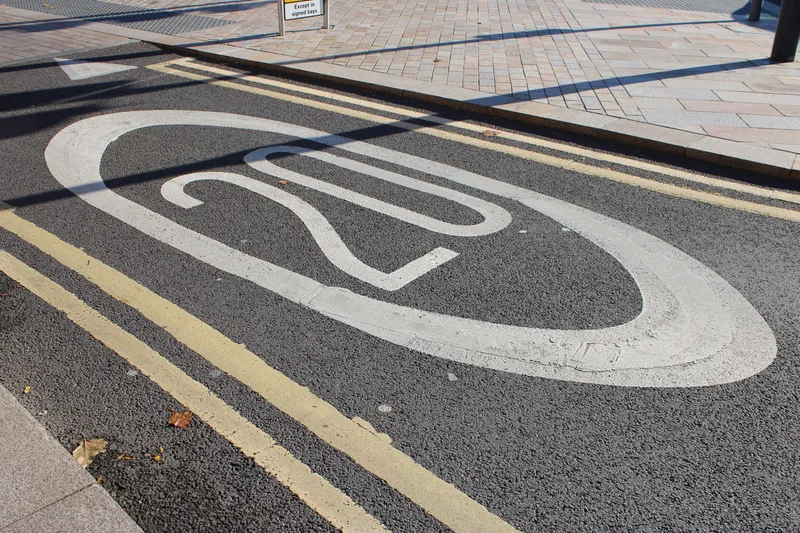99 out of every 100 vehicles are now complying with the speed limit along a section of the A90 between Dundee and Stonehaven where
The findings also showed that only 1 in every 5000 vehicles are now speeding at more than 10mph over the limit; a reduction of 1 out of every 5 vehicles that were driving over the limit before the ASC installation.
Humza Yousaf, transport minister, said: “These findings add to the compelling evidence that average speed cameras help to transform driver behaviour. I’m confident that this encouraging improvement in speed limit compliance along the length of the A90 will help to reduce casualties in the same way as has been achieved with similar average speed cameras on the A77 and A9.
While the previous strategy of fixed cameras and mobile enforcement saw casualties reduce at a number of camera locations across the route, the £2m [$2.8m] investment in average speed cameras on the A90 have had a significant positive impact over the 51.5m stretch of the A90 in a very short period.”
Stewart Mackie, area commander for Road Policing North, chief inspector, said: "I am delighted that the initial results from this project has had such a dramatic effect on driver behaviour, which is what they were intended to do. Reducing excessive speed on this road directly corresponds with reducing the chances of people being injured and killed in road traffic collisions. Police Scotland is committed to achieving the Scottish Government's 2020 casualty reduction targets, and changing driver behaviour is a major factor in helping us achieve this."
Jenoptik’s average speed cameras reduce speeding on A90
99 out of every 100 vehicles are now complying with the speed limit along a section of the A90 between Dundee and Stonehaven where Jenoptik’s Average Speed Cameras (ASC) have been installed, according to speed surveys carried out by Transport Scotland. The findings also showed that only 1 in every 5000 vehicles are now speeding at more than 10mph over the limit; a reduction of 1 out of every 5 vehicles that were driving over the limit before the ASC installation. Humza Yousaf, transport minister, said:
January 24, 2018
Read time: 2 mins







